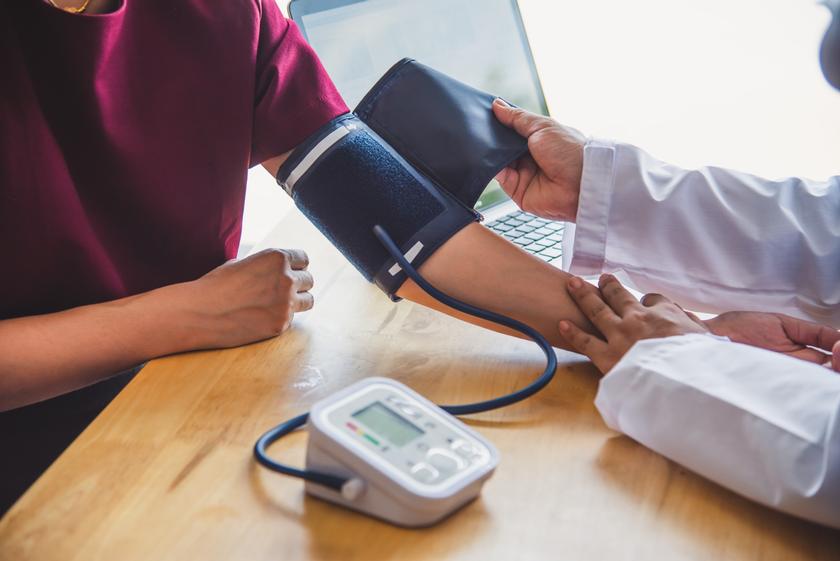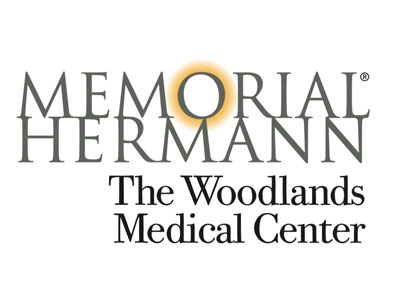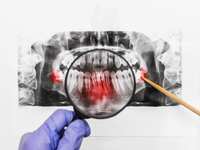Nearly half of Americans have high blood pressure, and many aren’t aware of the risks

High blood pressure doesn’t usually cause symptoms on its own, so many people don’t realize they have it — or they aren’t aware of the risks of ignoring it. In fact, nearly half of adults in the United States have hypertension, but only about one in four adults with hypertension have their condition under control, according to the U.S. Centers for Disease Control and Prevention.
Left untreated, however, high blood pressure can lead to serious health issues, including heart attacks or stroke.
“Over time, untreated hypertension can lead to ischemic heart disease, which is when there is a blockage in your coronary arteries. Along with heart attacks and stroke, it can lead to heart failure, where the muscles of your heart get thicker from overwork, and eventually they can burn out and reduce your heart function,” says Wahaj Aman, MD, an assistant professor at McGovern Medical School at UTHealth Houston and an affiliated cardiologist with Memorial Hermann. “And hypertension tends to get worse as you get older if you don’t treat it.”
Normal blood pressure is defined as anything below 120/80 mmHG, according to the latest guidelines from the American Heart Association. Research has shown that for every 20 mmHG increase in systolic blood pressure (the top number) or 10 mmHG increase in diastolic blood pressure (the bottom number), your risk of dying from ischemic heart disease or stroke doubles.
“High blood pressure can also damage your kidneys over time, and at very high levels it damages all the body’s organs. It’s not something to be taken lightly, and it’s extremely prevalent,” says Dr. Aman. “We have a pandemic of high blood pressure in the world, and especially in the U.S.”
Because it’s so common, however, hypertension has been studied extensively, and there are well-established ways to manage it so it doesn’t cause problems.
While there can be a genetic component to high blood pressure, some risk factors can be controlled, including smoking, obesity and a diet high in salt, fat and processed foods. “If I see a patient with high blood pressure, we’ll start with lifestyle modifications to get it under control,” Dr. Aman says. “The first thing I’ll tell them is to reduce their sodium intake. The second thing I address is alcohol consumption — that’s a risk factor that can significantly increase your blood pressure. Smoking or vaping is a big risk factor as well, as is sleeping for less than seven hours a night.”
Dr. Aman recommends that patients follow the DASH diet, which stands for Dietary Approaches to Stop Hypertension. The eating plan focuses on increasing the amount of vegetables, fruits, whole grains and low-fat protein you eat while decreasing foods that are high in salt, sugar and saturated fat. He also advises patients to aim for 150 minutes of moderate exercise a week.
“If those steps don’t get the blood pressure numbers down where they should be, we’ll add in medication as well. But you still have to do the lifestyle modifications,” Dr. Aman says. “Occasionally we see what’s called resistant hypertension. Despite being on multiple medications, some patients struggle to keep their blood pressure under control. In that case you may have to try some medications that aren’t usually prescribed for hypertension.”
It’s also important to understand whether something other than a genetic predisposition and risk factors such as age or obesity are involved. “Ninety percent of high blood pressure is what we call primary hypertension, but there can also be secondary hypertension, which is caused by another medical issue, or sometimes by medication,” says Dr. Aman. “A blockage in the kidney arteries, for example, can cause hypertension. So can decongestants or steroids and some birth control pills, as well as taking an NSAID — a non-steroidal anti-inflammatory drug — for an extended period of time.”
Since hypertension rarely causes symptoms, it’s unlikely that most people will notice warning signs, although frequent headaches, fatigue, chest pain and shortness of breath are all red flags that warrant a trip to the doctor, says Dr. Aman. Because the condition is so prevalent, almost any medical appointment — whether it’s with your primary care physician or a dentist — will begin with a blood pressure check. Those numbers aren’t always reliable, however, since many people experience anxiety around these appointments and will have temporarily higher blood pressure as a result.
“That’s called ‘white coat syndrome,’ and it’s very real,” says Dr. Aman. “If you do have high numbers at a medical appointment, it’s worth getting a blood pressure cuff so you can check it at home, when you’re more comfortable. Ideally, you should do it in the morning, after you get up and use the bathroom, but before you eat anything. Sit down for about five minutes and then take it. That gives us a better baseline for your resting blood pressure.”
If your numbers are high, don’t worry. You’re not alone. And just knowing you have hypertension empowers you to keep it from harming your health.
“That’s the good news,” says Dr. Aman. “This is something we screen for very carefully now, and if you’re aware of it, you can treat it.”
For more information, visit www.memorialhermann.org/services/conditions/hypertension.

















